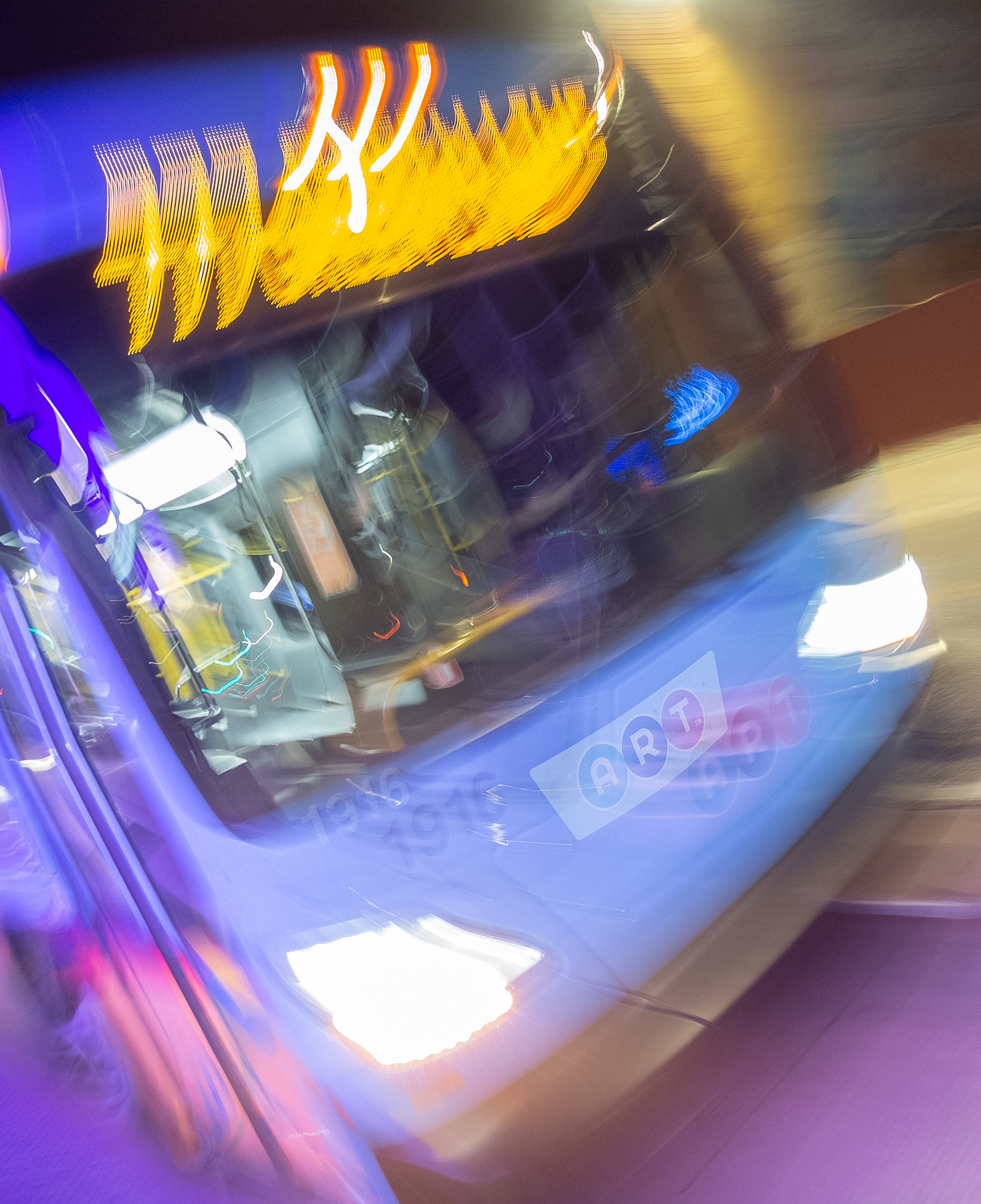
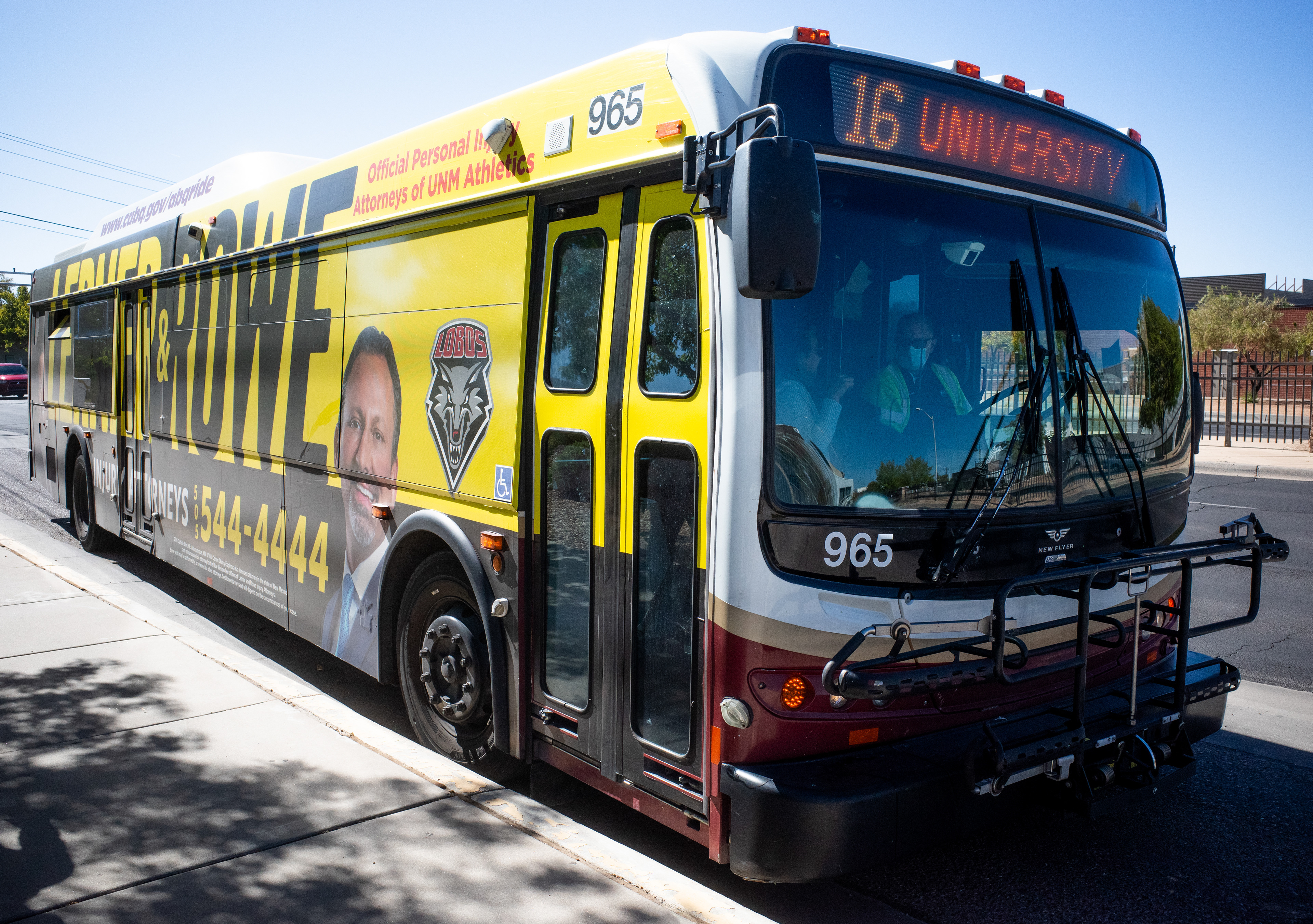

The FREEBUS Project is a body of work documenting the free city bus in Albuquerque, New Mexico. It highlights numerous faces and spaces that are essential to a fare-free transit system, and examines the changes brought about by a free bus.

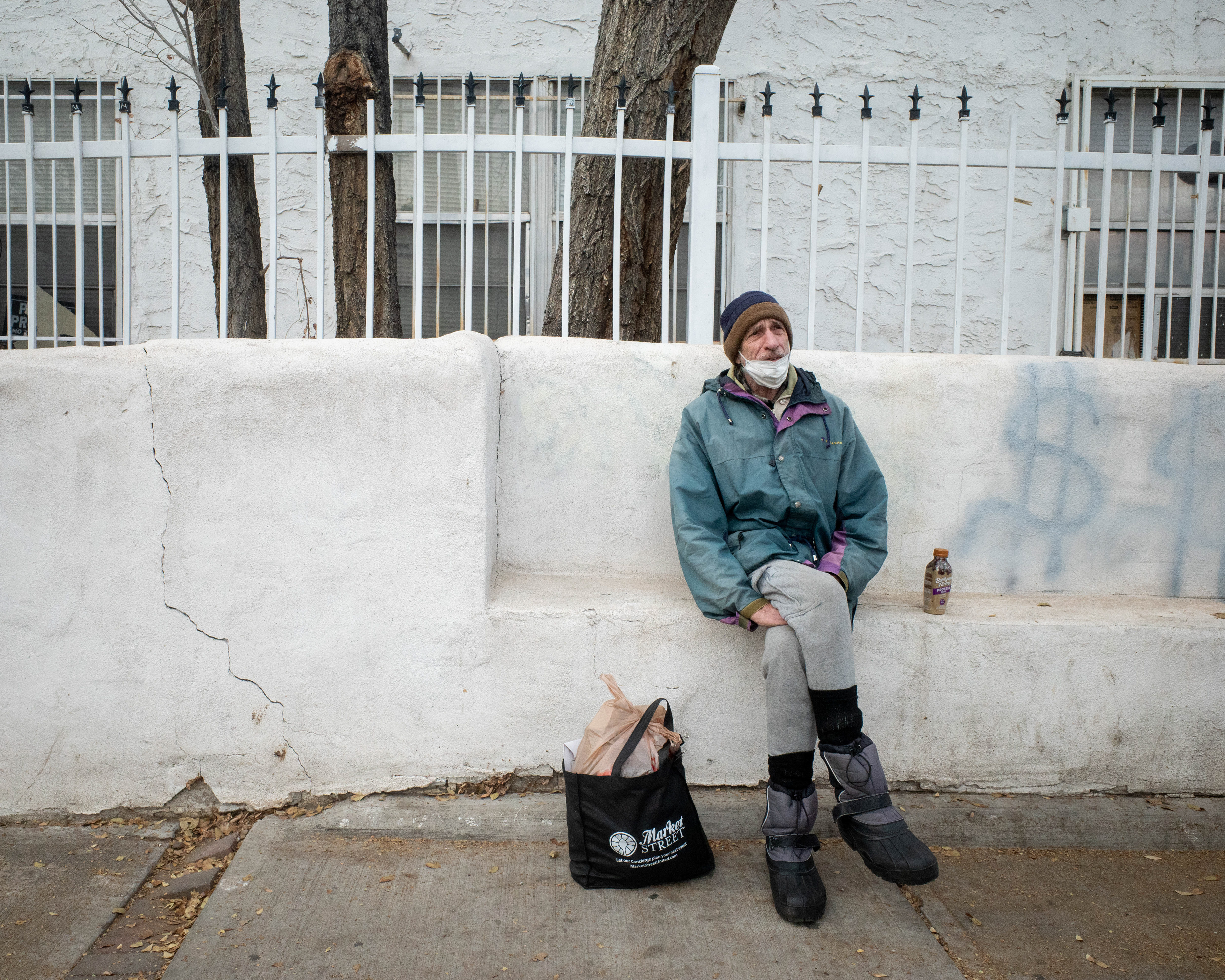
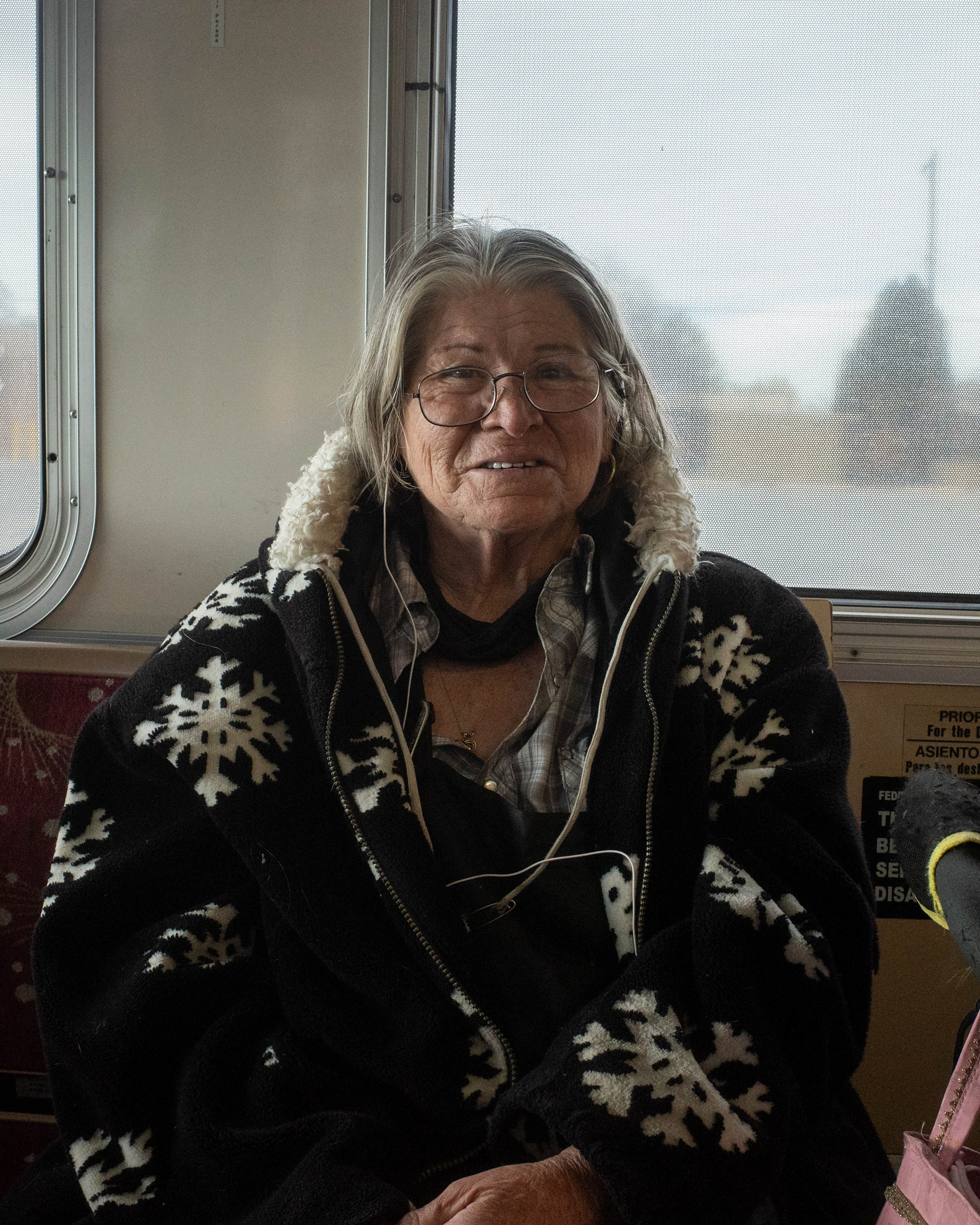


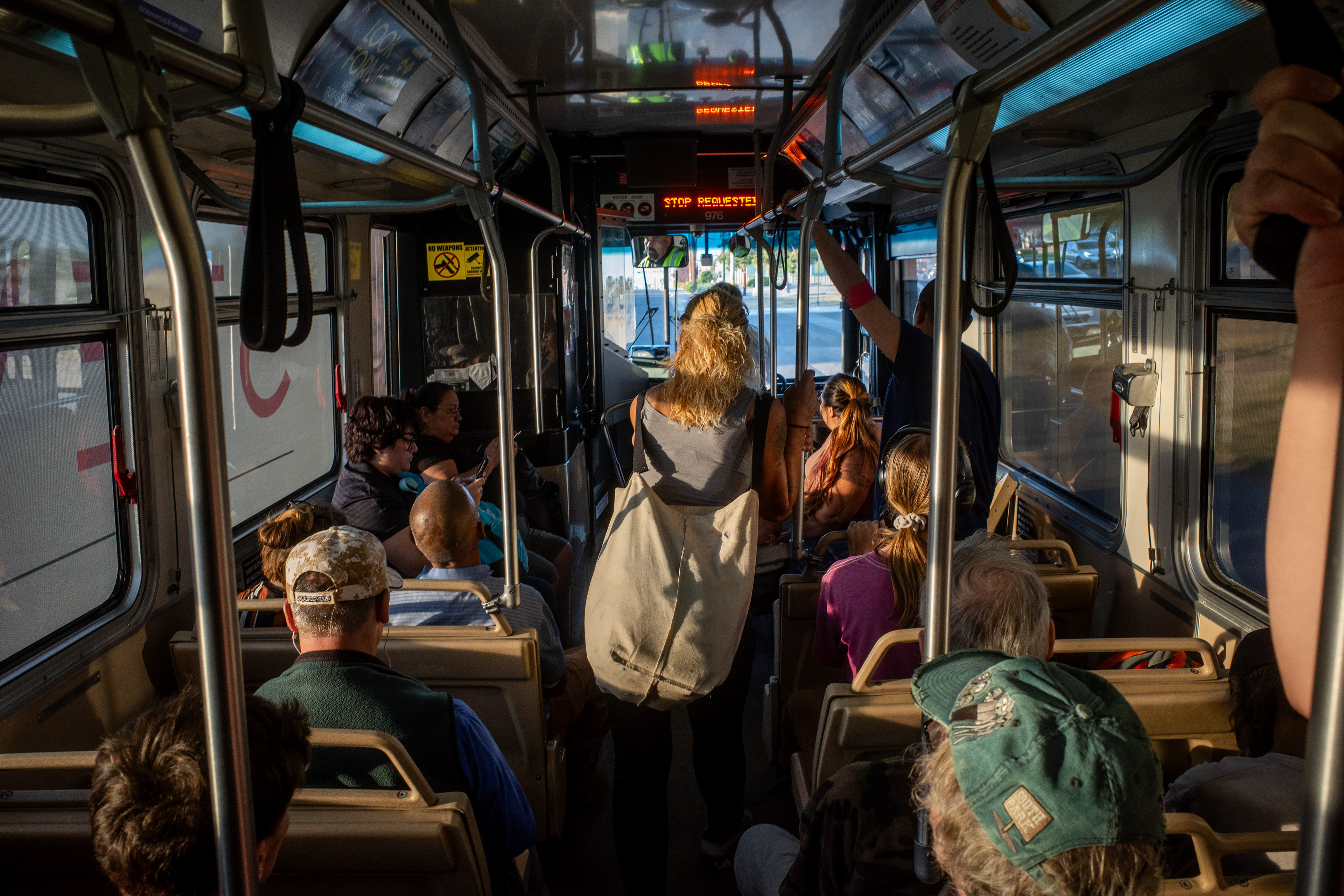
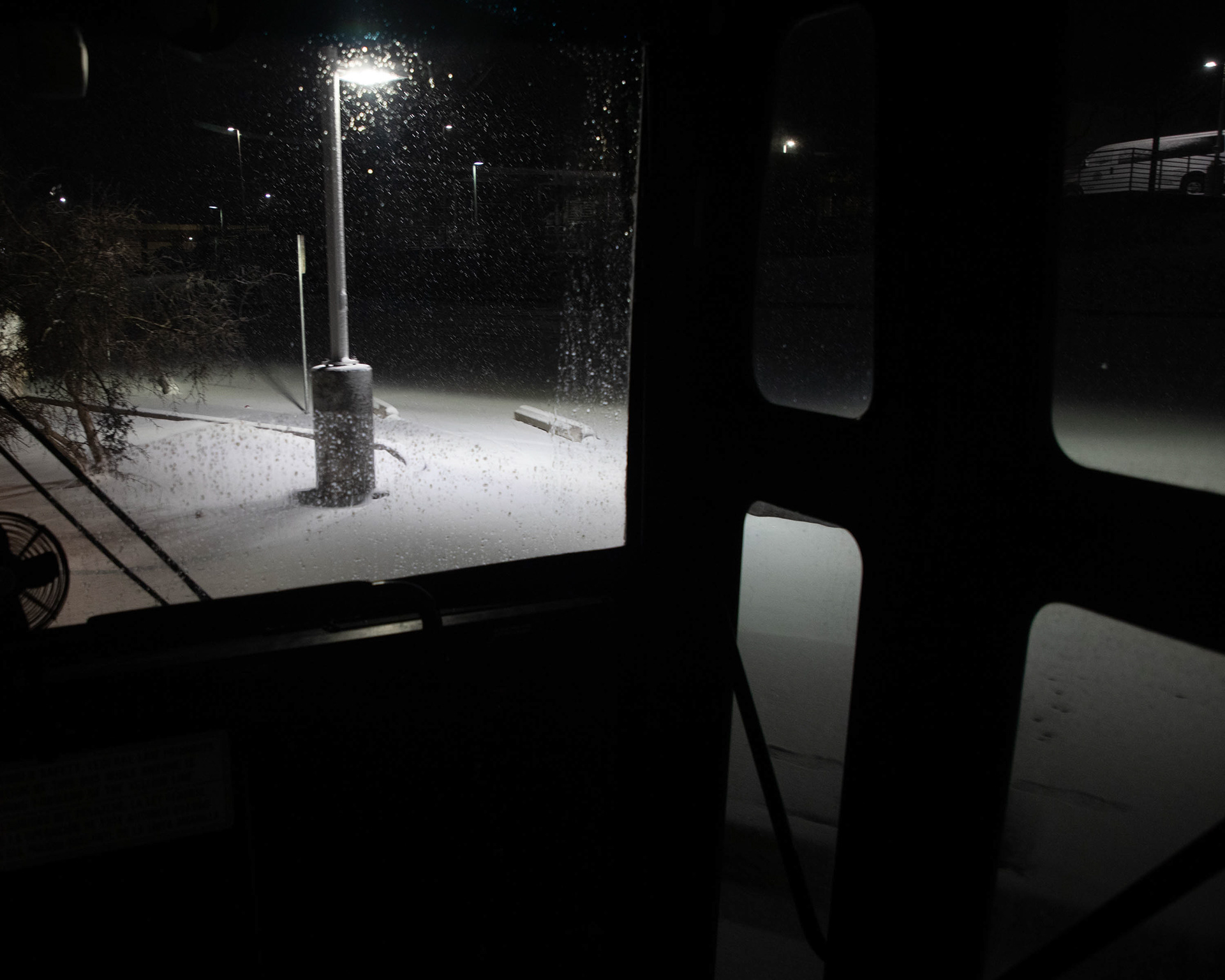
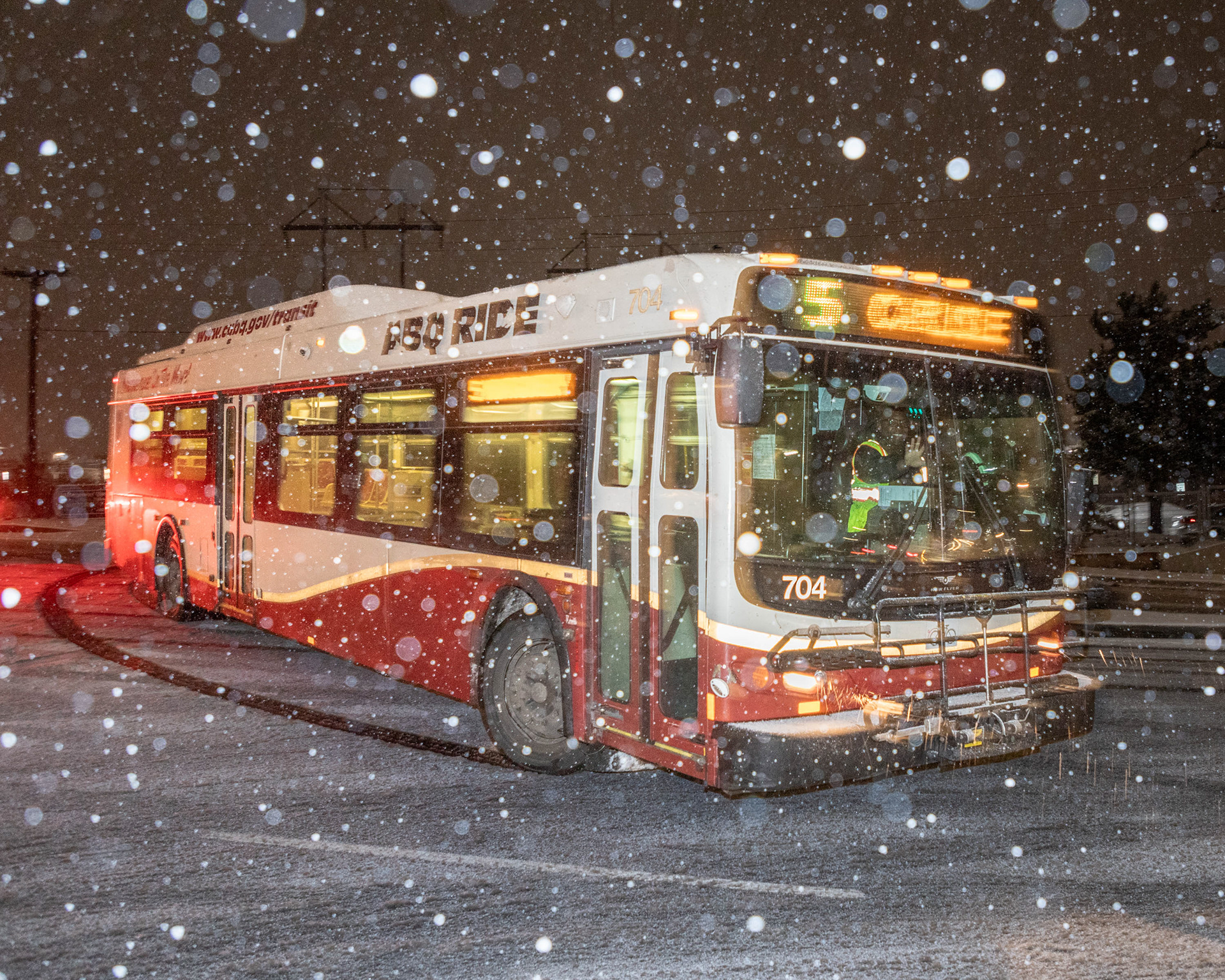
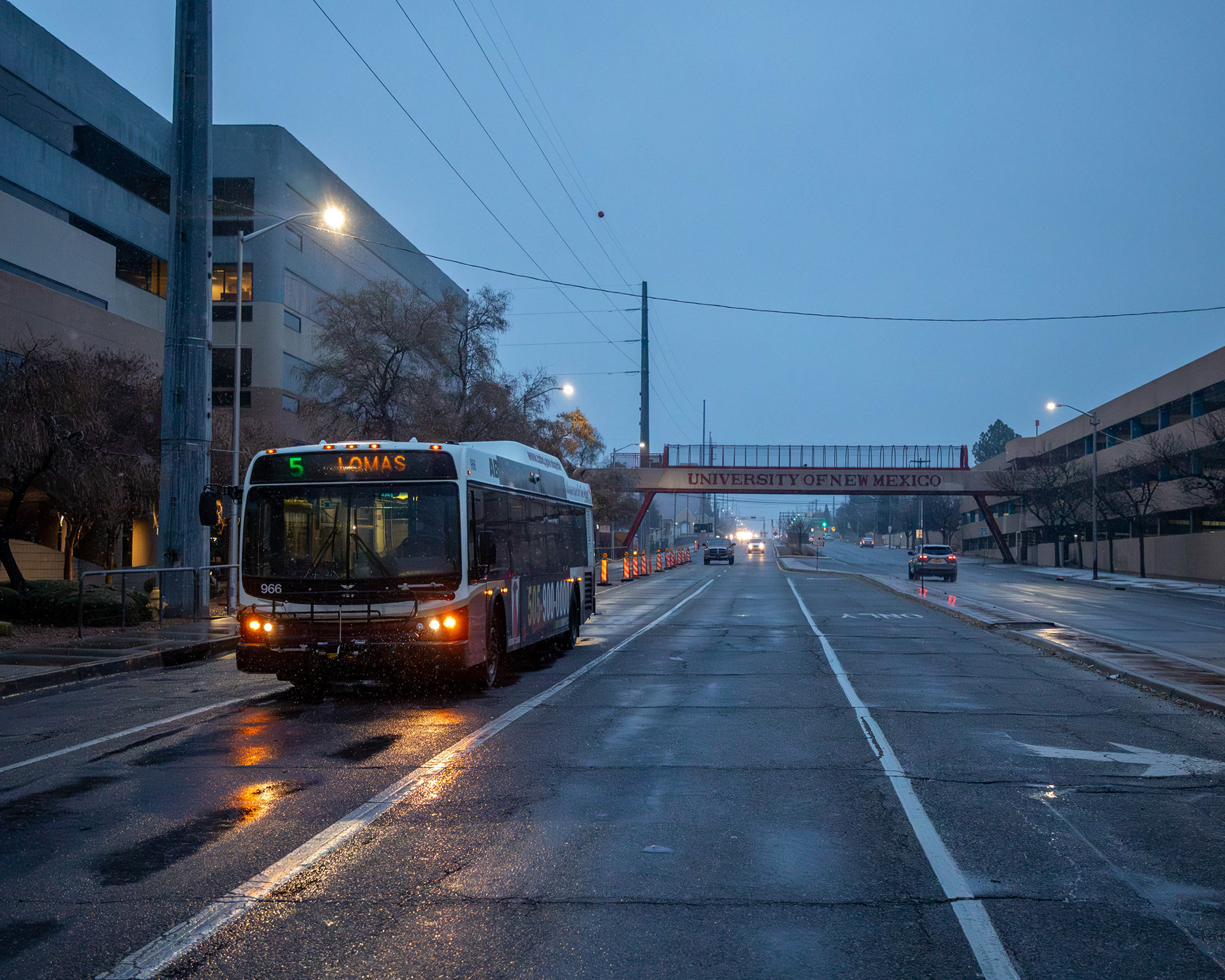
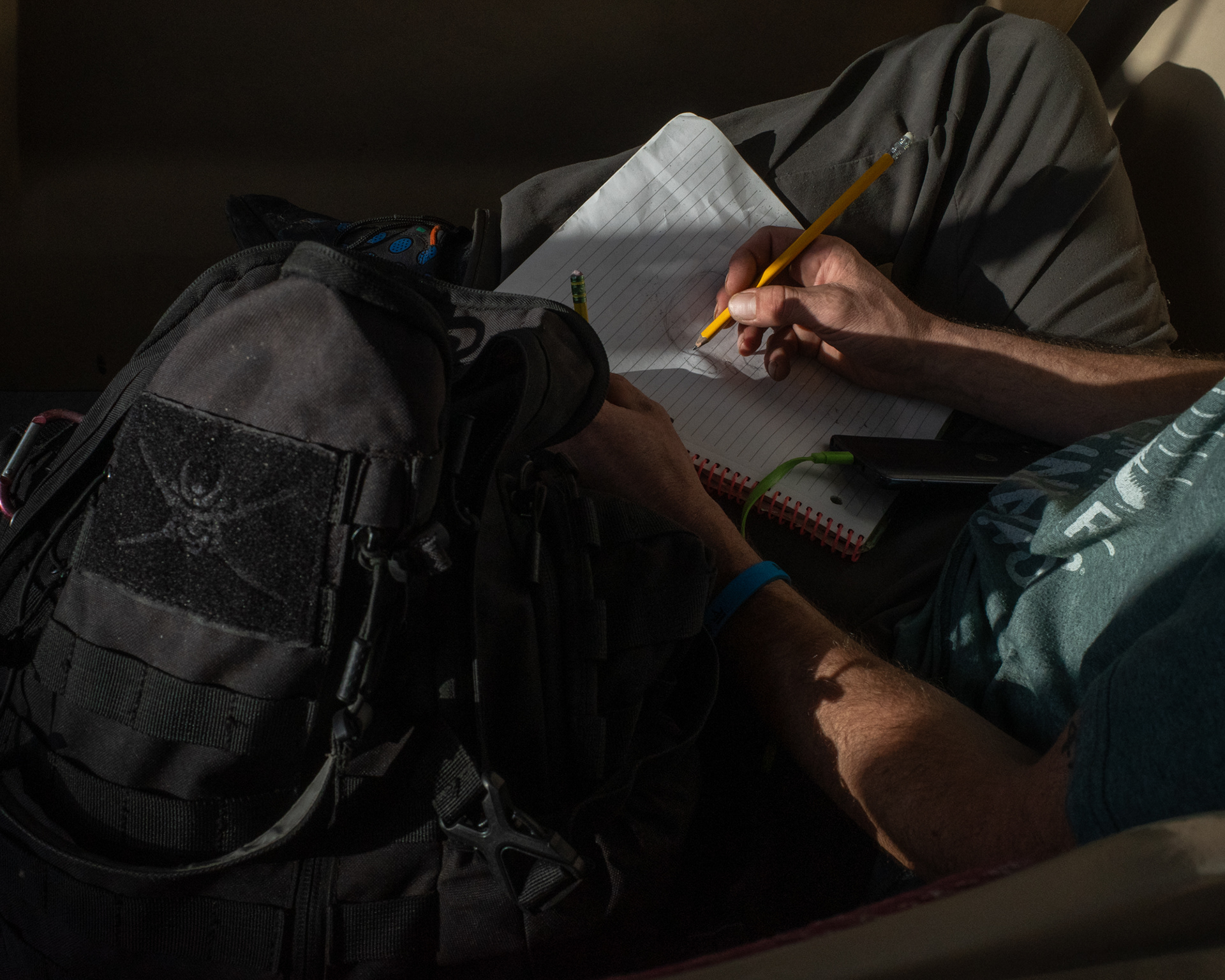
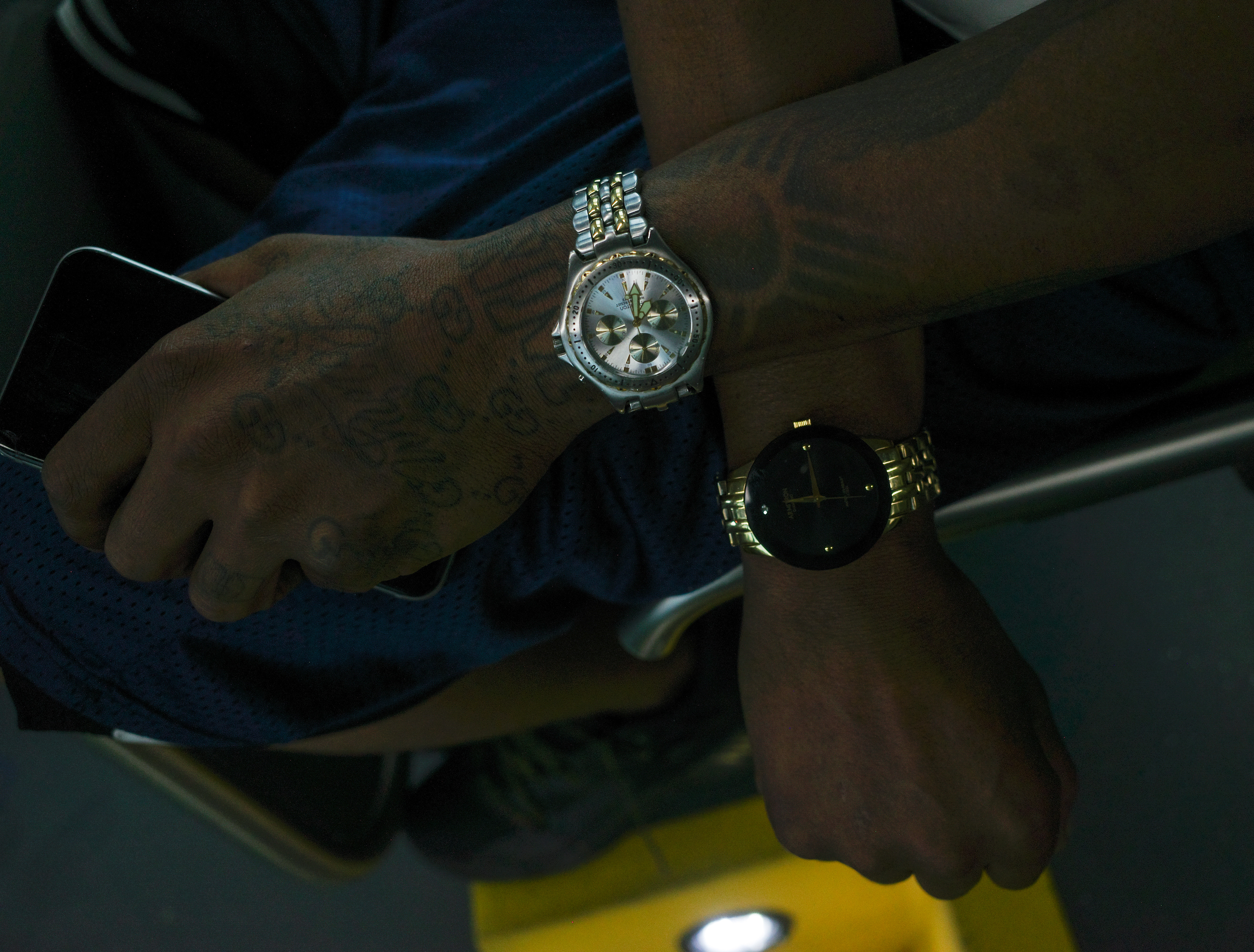
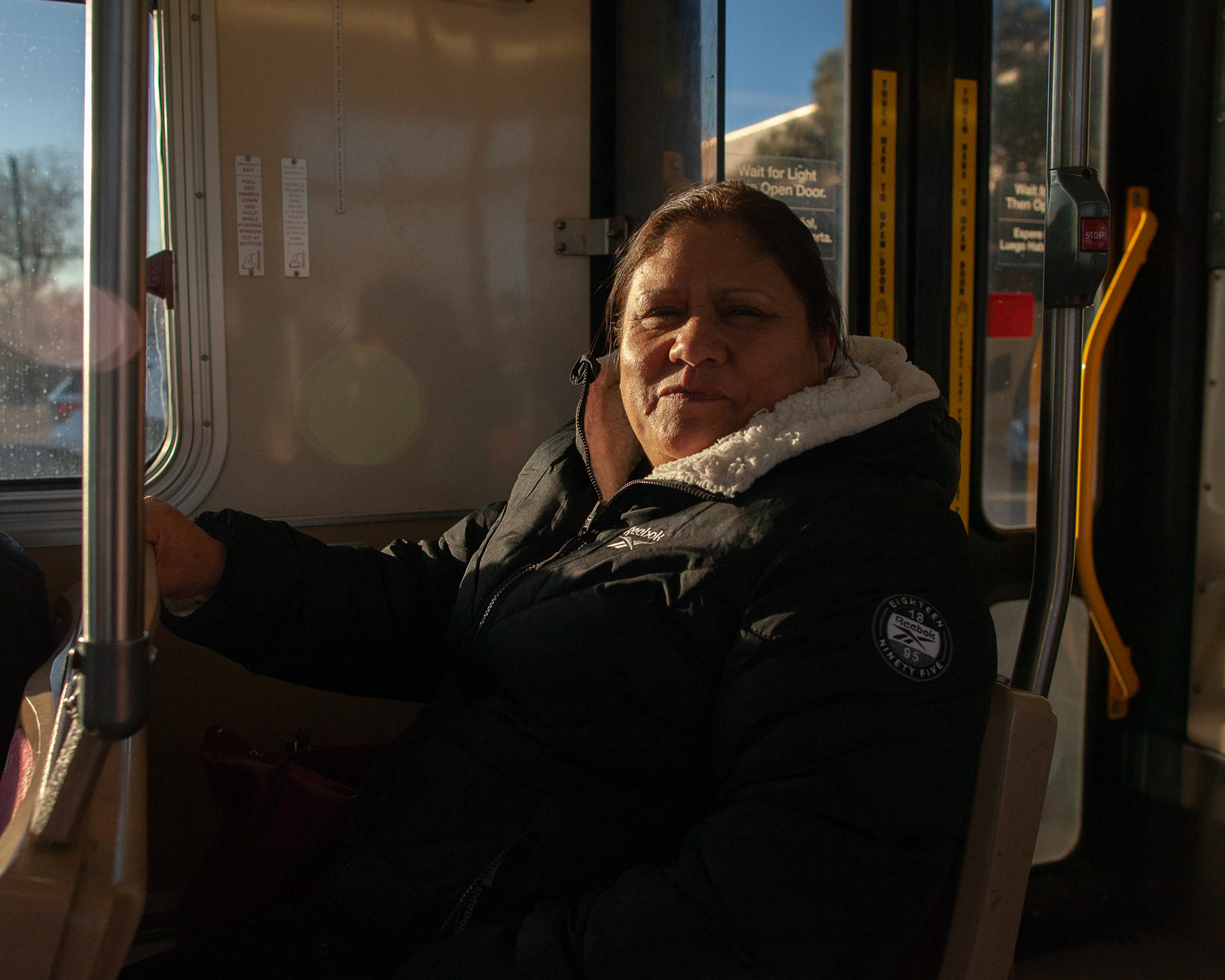
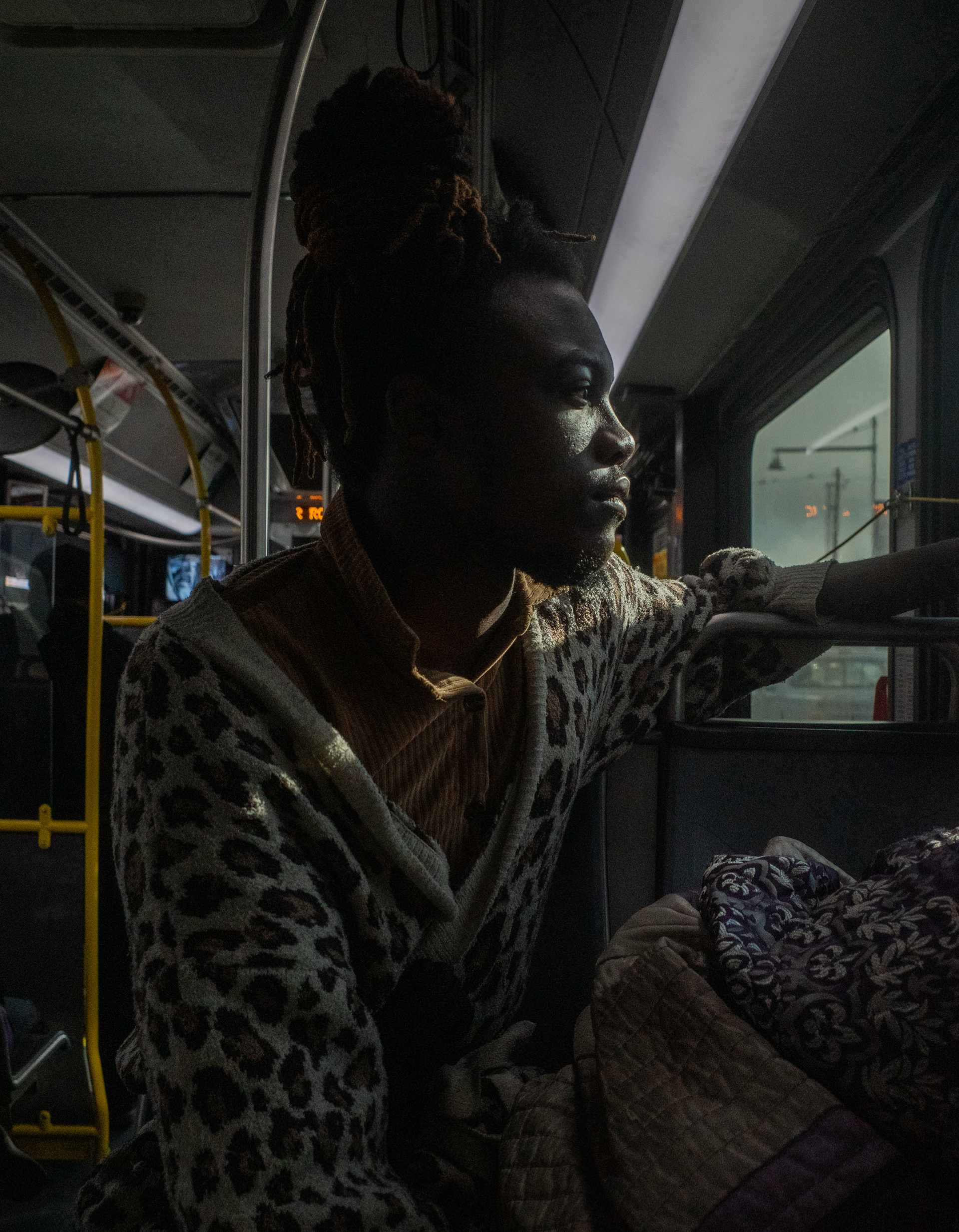

On January 2nd, 2022, when Albuquerque's city council initiated the fare-free pilot program, I was eager to see what changes it brought to the troubled bus system in my city. My goal was to document exactly what changed when public transit was made free for all.
Before FREEBUS, Albuquerque's public transit operated using a fare-based model. Rates were different depending on age and educational status. College students could ride at no cost with the proper sticker on their student ID, while children under 18 were charged thirty-five cents, and adults paid a dollar.
Thousands of people use ABQ Ride as their daily means of transportation. For many of these individuals, the FREEBUS provides vital access to healthcare, jobs, and education. With the free bus, folks can navigate daunting distances, making the expanse of Albuquerque a more accessible.
